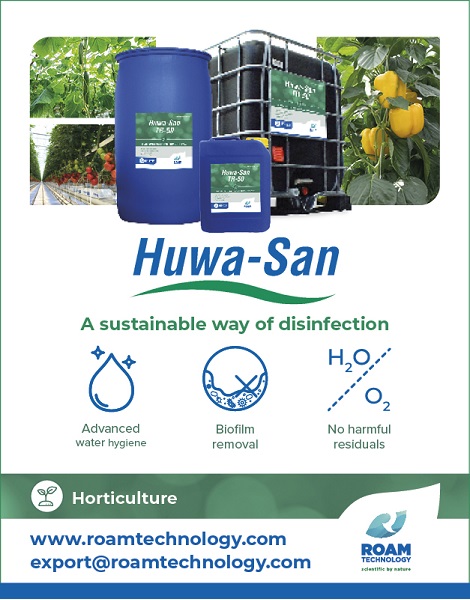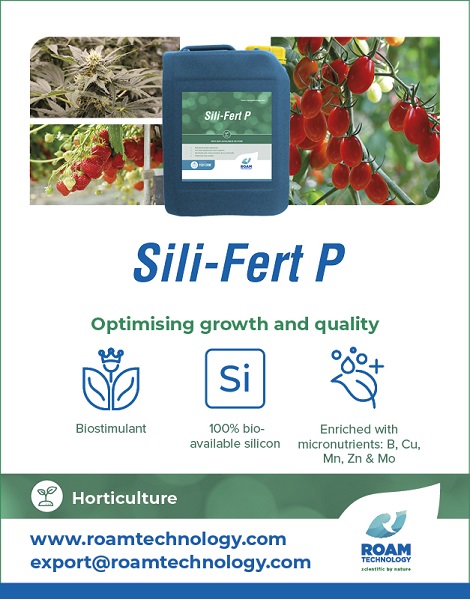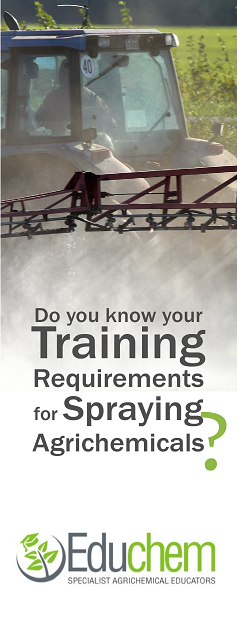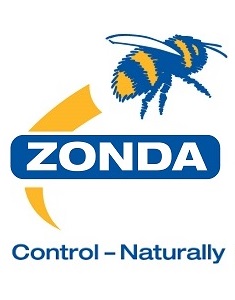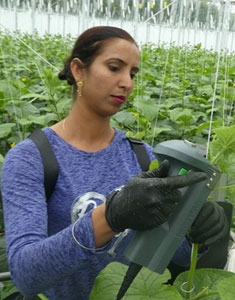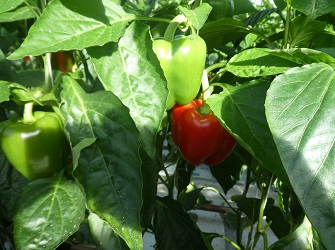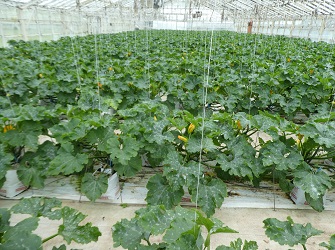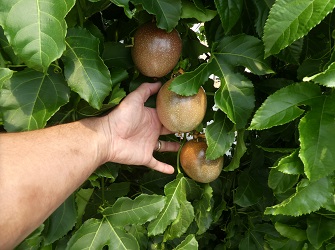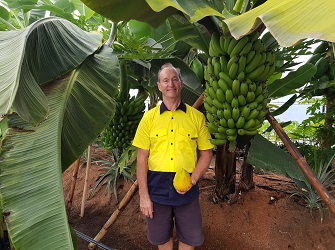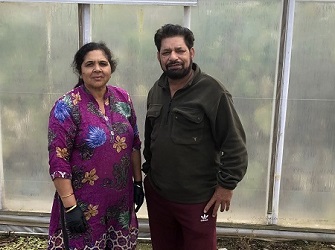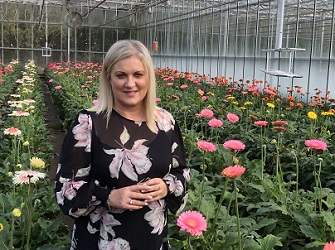Sign up here to subscribe to the Grower2grower Ezine. Every two weeks you will receive new articles, specific to the protected cropping industry, informing you of industry news and events straight to your inbox.
Jan 2024
(Best of 2023) Nutrient deficiencies in Cannabis
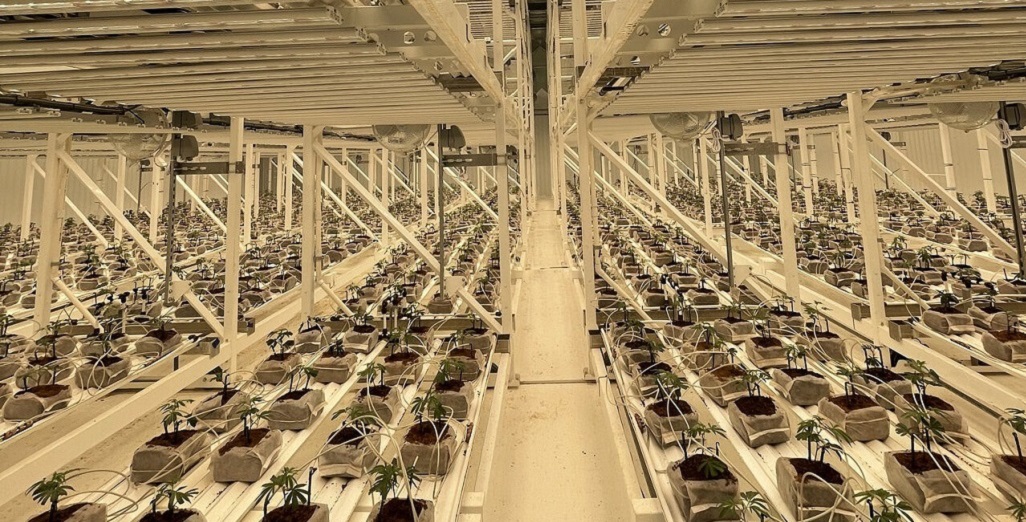
For cannabis, nutritional needs and subsequent fertilizer recipes are dependent on growing system, cultivar demands, climate conditions
Published with permission from Cultivators.nl
Introduction
It goes without saying that plant nutrition is crucial for crop growth, development, and yield. For cannabis, nutritional needs and subsequent fertilizer recipes are dependent on growing system, cultivar demands, climate conditions, etc. Of course, growers strive to provide their crop with a balanced recipe that contains all the nutrients needed for optimal growth. However, nutrient disorders can arise, even with a proper fertilizer recipe. For example, due to suboptimal rootzone pH, nutrient antagonism, lack of transpiration, and more (Llewellyn et al., 2023). To the benefit of growers and researchers alike, there is a growing number of peer-reviewed studies that investigate the effects of nutrient supply on the yield and potency (=chemical makeup) of cannabis inflorescences.
In this article, we will look at two studies with direct practical use for growers. Namely, “Characterization of Nutrient Disorders of Cannabis sativa” by Cockson et al. (2019) and “Foliar Symptomology, Nutrient Content, Yield, and Secondary metabolite Variability of Cannabis Grown Hydroponically with Different Single-Element Nutrient Deficiencies” by Llewellyn et al. (2023). These studies describe the progression of nutrient disorders with pictures and leaf tissue analysis. We chose to highlight these articles as they provide us with high-quality photos and descriptions of the disorders during different crop phases.
Macronutrient deficiencies
Before we look at nutrient disorders, it is important to understand what a healthy plant looks like. Normal cannabis plants have a dark green colour for most of the production cycle. Don’t be alarmed when fan leaves start to turn yellow (a process called chlorosis) during the final weeks of flowering. This type of chlorosis is normal and occurs often even when all nutritional needs are met. Keep this in mind when diagnosing nutrient disorders in the last weeks before harvest.
While the authors of the abovementioned papers go into detail about all important macronutrients (Nitrogen (N), Phosphorus (P), Potassium (K), Calcium (Ca), Magnesium (Mg), and Sulphur (S)), we will focus on their findings for N, P, K, and Ca deficiencies in this article.
Let’s start with N, a major component of chlorophyll and used for the synthesis of new proteins. It’s also the mineral nutrient that is needed in the greatest amount by plants. N-deficiency is first shown in the bottom of the canopy. It will then gradually progress to the middle canopy layers. Leaves will first turn a pale yellow, and in advanced stages, the leaves become bright yellow and senesce (Fig. 1). Due to the importance of N for plant growth, a deficiency will lower biomass production and have large impact on inflorescence yield.
Another macro plant nutrient is phosphorus. P-deficiency induces the formation of olive-coloured necrotic lesions on the fan leaves and later also on sugar-leaves (Fig. 1). The lesions start out small but can cover large parts of the leaves in advanced stages. P-deficiency also causes leaf curling, turning individual leaflets inward and upward. P is used throughout the plant to facilitate energy transfer, for example in photosynthesis. Interestingly, Llewellyn et al. (2023) found that the limited supply of P increased THC concentration in inflorescences. However, the greatly diminished inflorescence yield outweighs the increase in potency.
The initial symptoms of K-deficiency are the yellowing and browning of leaflet edges and possibly some older fan leaves. Plants rely on K for the functioning of stomata. Stomata are crucial for gas exchange and the transport of water and nutrients. This makes K so important for plant health. In flowering plants, larger sugar leaves show dark brown lesions surrounding secondary branch veins. If the deficiency persists, yellowing of the edge expands to the midrib of the leaf. As the yellowing of leaves continues, leaves mostly from the upper and middle canopy will turn brown and leaf edges will curl up and dry out (Fig. 1). At advanced stages, whole plant chlorosis is observed. Llewellyn et al. (2023) found the highest concentrations of THCA and CBGA in K-deficient inflorescences. However, the increased potency comes at the cost of lowered inflorescence yields.

Ca-deficiency manifests itself in different ways. According to Cockson et al. (2019), Ca-deficiency induces stunting and irregular growth patterns in growth tips and expanding leaves. The base of leaflets is then of a lighter green colour than the leaf tip. As time progresses, the yellowing expands, and interveinal chlorosis develops. Emerging leaves and growth tips are now significantly malformed and can become necrotic (Fig. 1). Ca-deficiencies often cause malformation of leaves as Ca is essential for cell wall integrity. Ca-deficiency occurs when transpiration is limited. This is because the transport of Ca relies mainly on transpiration. Ca-deficiencies can also appear when the balance of K, Ca, and Mg is upset. Restoring the balance is difficult, it is therefore important to keep in mind the concentrations of these nutrients when deciding on a fertilizer recipe. Llewellyn et al. (2023) noted a different symptomology. Their flowering plants developed yellow rings with necrotic brown centres on lower fan leaves. On the most affected leaves the spots coalesced. In more advanced stages, also young leaves developed spots and leaf tips started to curl upwards. Authors from both studies note moderate negative effects on biomass and inflorescence production.
Micronutrient deficiencies
While Cockson et al. (2019) go into detail about many micronutrients (Boron (B), Copper (Cu), Iron (Fe), Manganese (Mn), Molybdenum (Mo), and Zinc (Zn)) we will only cover Fe and Mn as these micronutrients are covered in both studies.
Mn-deficiencies can be recognized by interveinal chlorosis. Over time, the green veins will stand out from the interveinal tissue which become yellow. Some necrotic regions can also develop around leaf edges (Fig. 2). Llewellyn et al. (2023) did not note a significant response to Mn-deficiency in flowering plants even though upper foliar concentrations were extremely low. Mn is involved in different processes that are essential for photosynthesis. Still, no differences in biomass production were found between the control and Mn deficient treatments. Therefore, they suggest that cannabis is able to very efficiently take up and utilize Mn.

If an Fe-deficiency occurs, the base and middle sections of leaflets of newly expanding leaves and growth tips will become a pale green colour (Fig. 2). As Fe is regarded as a relatively immobile nutrient, symptoms are most visible on young leaves at the top of the plant, while lower and mid sections of the plant will look healthy. A side-effect of Fe-deficiency may be the accumulation of other cationic elements such as Zn. Still, both studies did not report a deleterious effect of Iron deficiency on yield or potency. Fe is used for the synthesis of chlorophyll and its availability to be taken up is highly dependent on pH. Therefore, it is important to check the pH of your nutrient solution.
Diagnosing and correcting nutrient deficiencies is an important aspect of growing cannabis. The studies presented today help growers and researchers to connect symptomology with nutrient deficiencies. Still, visual assessments, even when combined with foliar tissue analysis, won’t guarantee a perfect diagnosis due to the complex nature of plant nutrition. It’s important to gather as much information as possible to realize the highest chance for a correct diagnosis. We highly recommend reading the full articles, as more pictures and nuances are presented in the original texts. Both articles are open access, meaning that the articles can be read and downloaded for free. We have supplied the links to the cited articles below.
Articles cited
Llewellyn, D., Golem, S., Jones, A. M. P., & Zheng, Y. (2023). Foliar Symptomology, Nutrient Content, Yield, and Secondary Metabolite Variability of Cannabis Grown Hydroponically with Different Single-Element Nutrient Deficiencies. Plants, 12(3), 422. https://doi.org/10.3390/plants12030422
Cockson, P., Landis, H., Smith, T., Hicks, K., & Whipker, B. E. (2019). Characterization of nutrient disorders of Cannabis sativa. Applied sciences, 9(20), 4432. https://doi.org/10.3390/app9204432
Author: Kjell Sneeuw MSc.
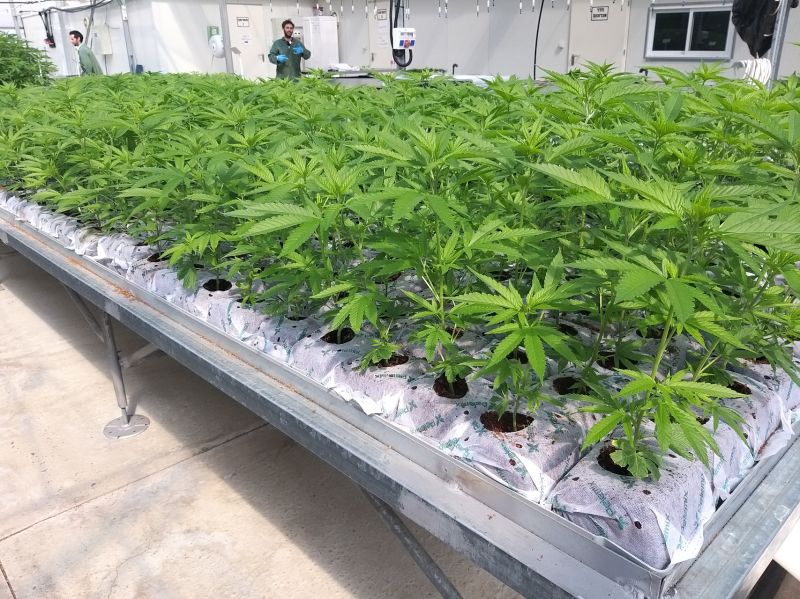
Please contact
Sonny Moerenhout
+31612146995
sonny.moerenhout@cultivators.nl
www.cultivators.nl
![]()
CLASSIFIED
Photo
Gallery
Subscribe to our E-Zine
More
From This Category
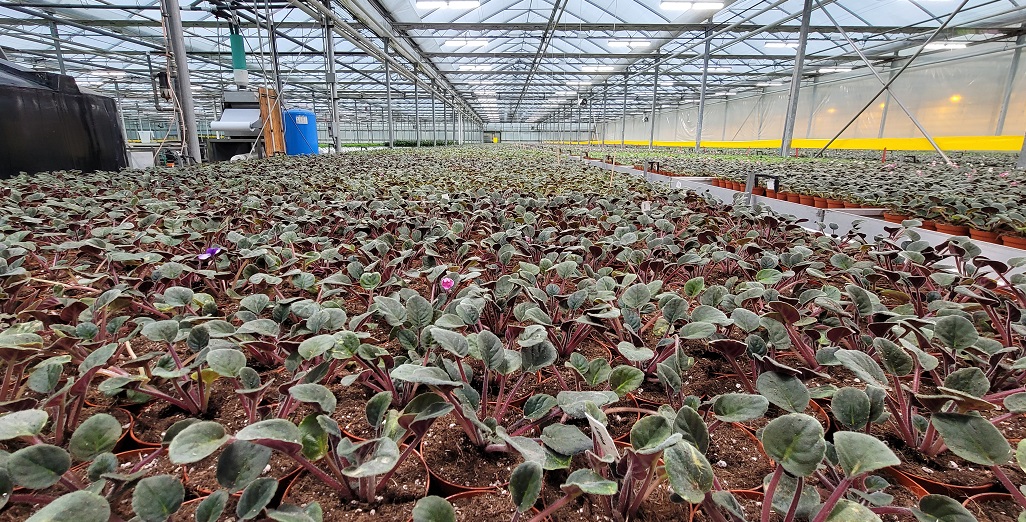
Free Webinar on Controlling Waterborne Pathogens in Greenhouses

Whitepaper elaborates on safe recirculation of irrigation water
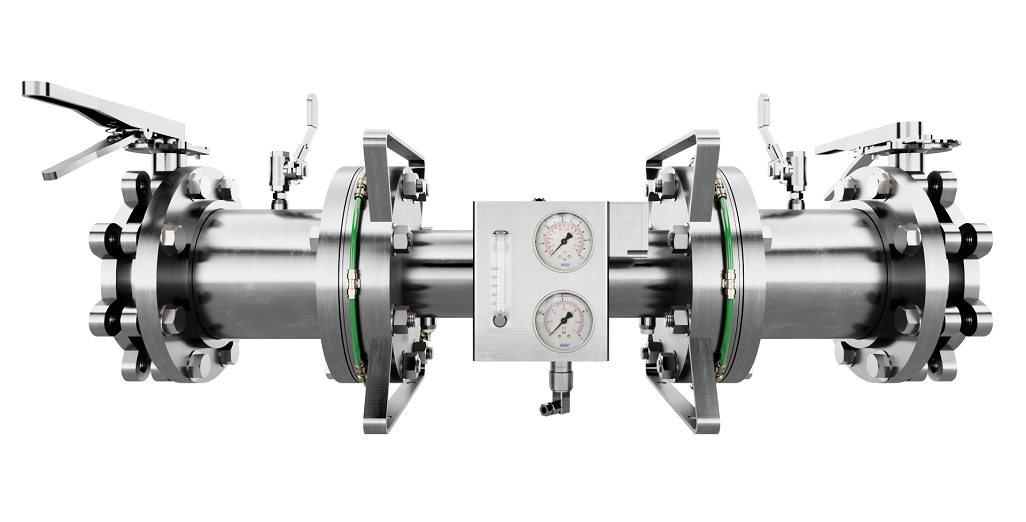
Introducing Moleaer’s Trinity: Revolutionizing Agriculture with Advanced Nanobubble Technology
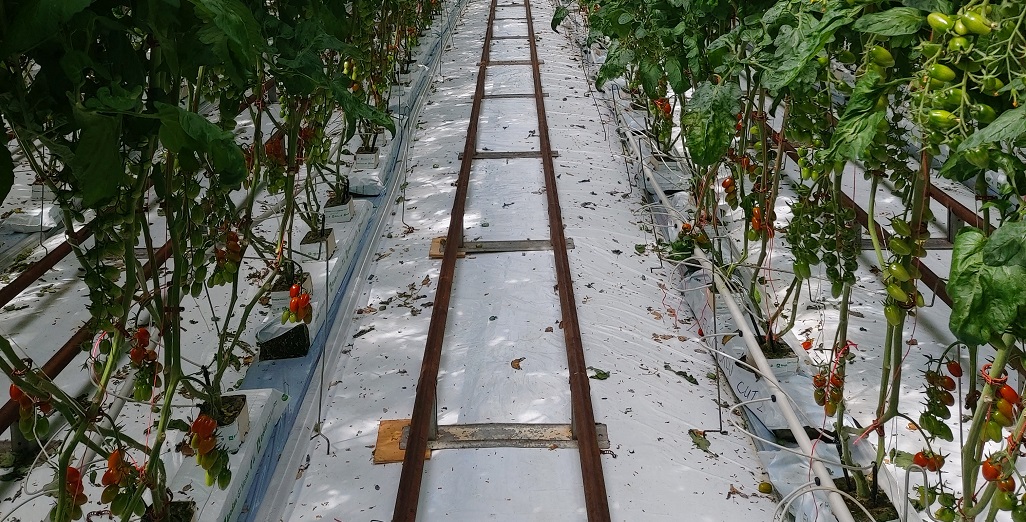
Fleecegrow turning wool into substrates a reality – GROWER SURVEY
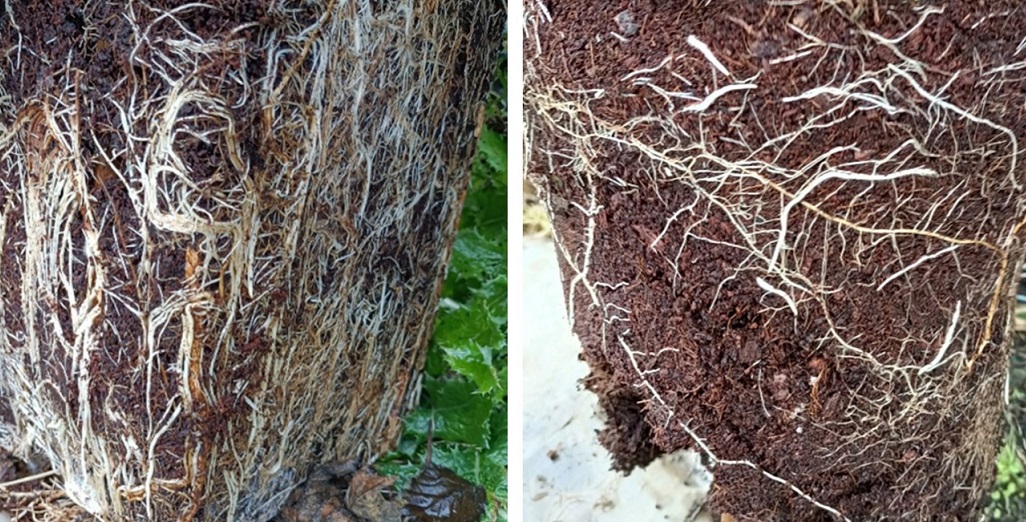
Synergy – protect plants from various soil-borne pathogens.







